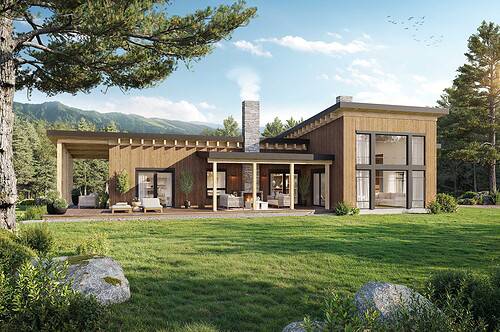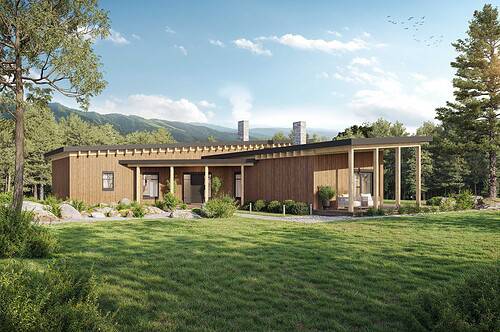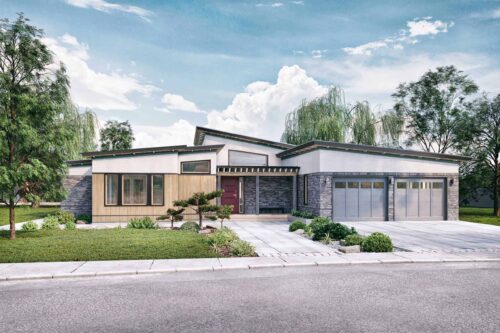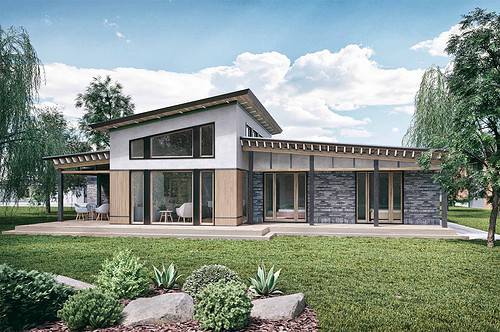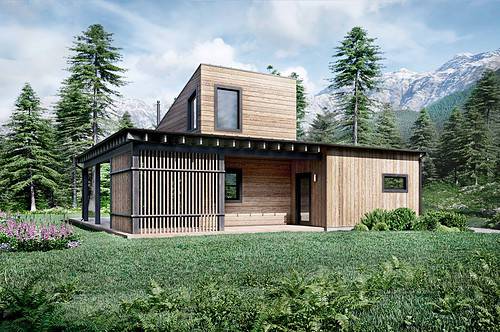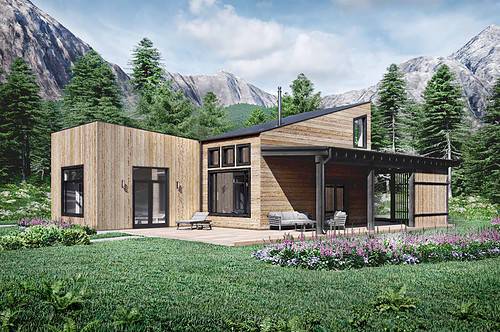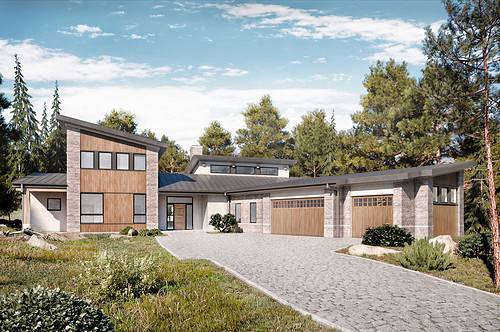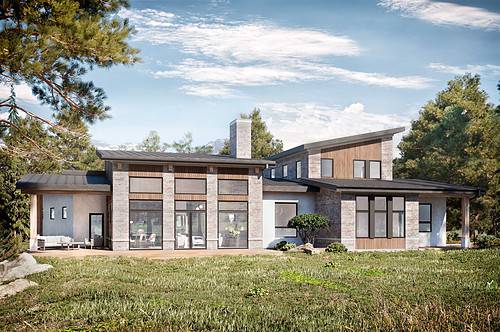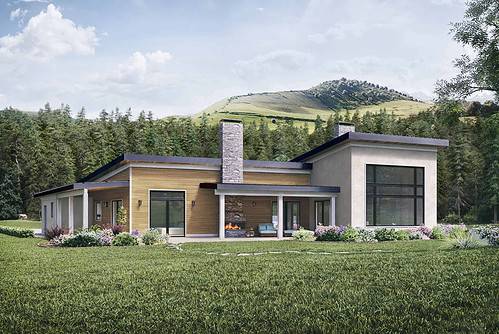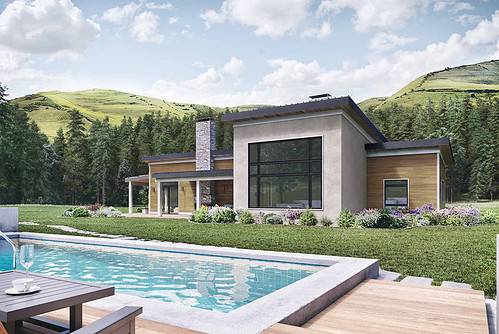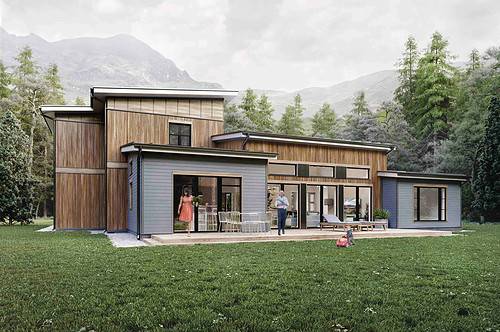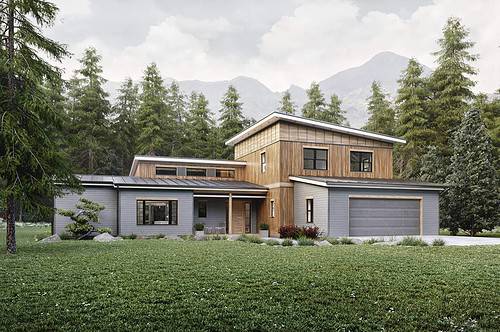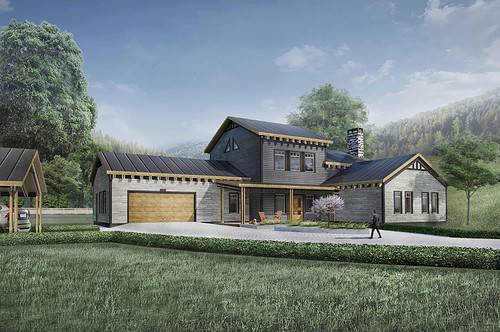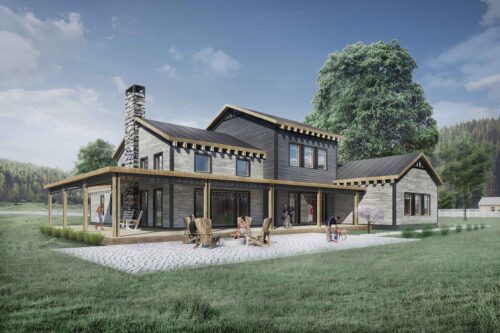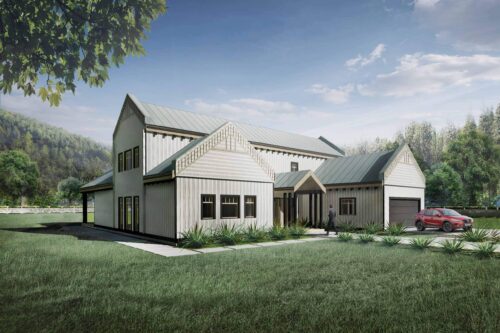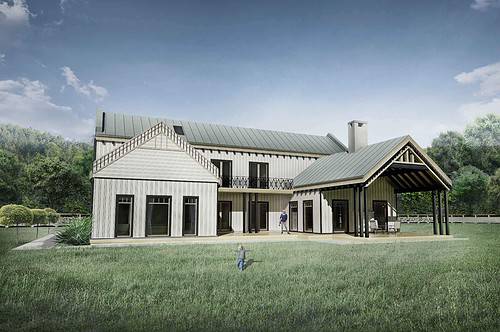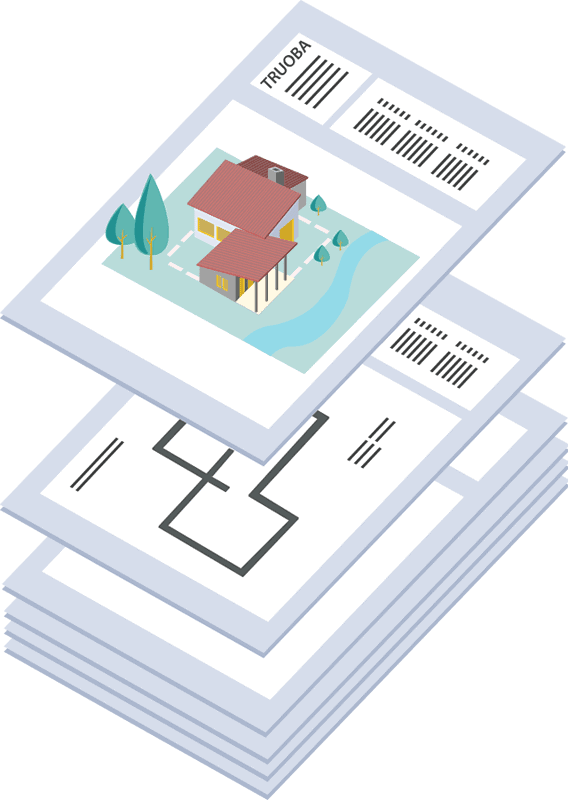No products in the cart.
Types of Multigenerational House Plans
A single-family home typically has one kitchen, a few bathrooms, and a few bedrooms. With multigenerational house plans, there are a few ways that more family members can be accommodated. These include:
By building house plans with separate living quarters, you could have a duplex where two families live on two house sides. This offers the security of the home being connected. Also, the privacy that comes with both sides having their own bathrooms and kitchens. Duplexes are a great option for those who want to be close to family while still maintaining some autonomy.
Guests houses are a good option if some family members want more privacy on the same property. In some instances, guest houses will be fully equipped with bathrooms and a kitchen. In others, the guest house may just have a living space and a bathroom. Either way, the house is not attached to the main house. So those who are living in it will feel like they have a bit more privacy.
Mother-in-law suite is a great option for those families who have older generations living with them. These elderly family members will have their own bedroom, living area, and bathroom. Also, they will still be in the home with the rest of the family. If they need help, they will be able to get it easily.



